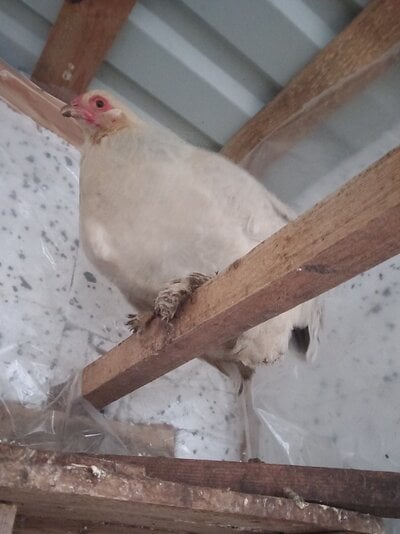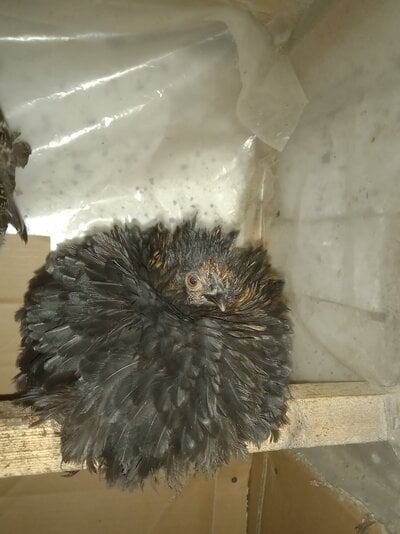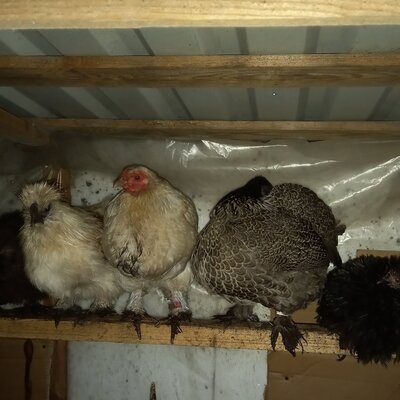I've heard chickens will be fine walking aoutside in -20°C weather, but what about at night? I only have a small wooden coop made out of pallets and one layer of styrofoam along the walls. The breeds I have are silkies, bantam brahmas and bantam cochins. Overall pretty small and compact breeds, so as long as the coop is well ventilated I shouldn't have to worry about frostbite.
What are the temperatures that are too cold for chickens? I really don't want to wake up one morning and see that my beloved pets have died from the cold. What's like the limit that u keep them outside for? Because last year in early spring I took my chickens in the garage at night. This will be my first winter though.
What are the temperatures that are too cold for chickens? I really don't want to wake up one morning and see that my beloved pets have died from the cold. What's like the limit that u keep them outside for? Because last year in early spring I took my chickens in the garage at night. This will be my first winter though.






